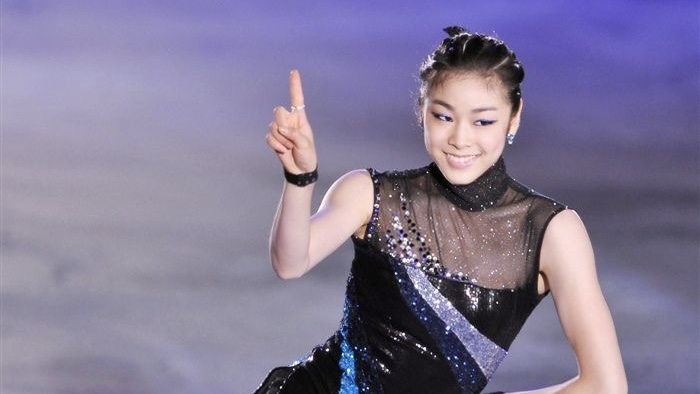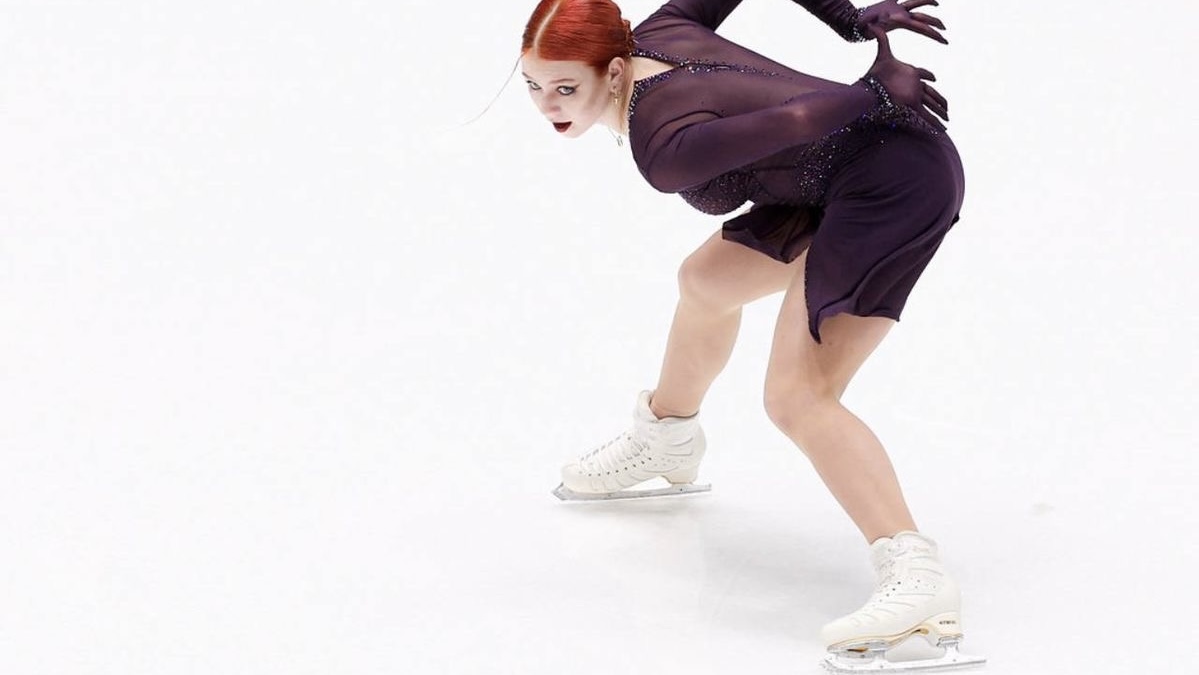January 15, 2025
Alexandra Trusova Expecting a Child
April 04, 2025

Figure skating has long been a highlight of the Winter Olympics, blending athletic prowess with artistic expression to create moments that linger in the collective memory. From gravity-defying jumps to emotionally charged routines, these performances have defined the sport’s legacy. Here’s a look at some of the most iconic figure skating performances in Olympic history, each a testament to skill, resilience, and the power of the ice.
South Korea’s Yuna Kim, affectionately dubbed “Queen Yuna,” etched her name in Olympic lore with her free skate at the Vancouver 2010 Games. Performing to George Gershwin’s Concerto in F, Kim executed a flawless routine featuring seven triple jumps, including a triple Lutz-triple toe loop combination. Her elegance and technical precision were breathtaking, earning her a then-world-record free skate score of 150.06 and a combined total of 228.56—still the highest in women’s singles under the modern scoring system. As the first South Korean to win Olympic figure skating gold, Kim’s performance was a cultural milestone, blending power and grace in a way that left audiences and judges in awe. Her emotional tears at the end underscored the magnitude of her triumph.
The “Battle of the Brians” at the 1988 Calgary Olympics pitted American Brian Boitano against Canada’s Brian Orser in a showdown for men’s singles gold. Boitano rose to the occasion with a career-defining free skate to Napoleon by Carmine Coppola and Francis Ford Coppola. Landing eight triple jumps—including a rare triple Lutz and a Tano triple with one arm raised for added difficulty—Boitano embodied a soldier’s intensity. His prolonged spread eagle and impeccable footwork sealed a near-perfect performance, edging out Orser by a razor-thin margin. This gold-medal win showcased technical mastery under immense pressure, cementing Boitano’s place among the sport’s elite and making it a defining moment of the ‘80s Olympic era.
Japan’s Midori Ito made history at the 1992 Albertville Games as the first woman to land a triple Axel in Olympic competition. Known for her explosive athleticism, Ito stumbled on her opening triple Axel but, undeterred, nailed it later in her free skate to Rachmaninoff’s Piano Concerto No. 1. Her resilience and technical daring earned her a silver medal, but her impact went beyond the podium. Ito’s pioneering jump—then a rarity in women’s skating—inspired a generation of skaters to push boundaries. Her performance remains iconic for its blend of grit and groundbreaking skill, proving that women could match the men in technical ambition.
Though she didn’t win gold, Michelle Kwan’s free skate at the 1998 Nagano Olympics is unforgettable for its artistry. Skating to Lyra Angelica by William Alwyn, Kwan delivered seven triple jumps with a grace that defined her career. After leading the short program, she faced stiff competition from 15-year-old Tara Lipinski, whose technical edge clinched the gold. Kwan’s silver-medal performance, however, was a masterclass in elegance and emotional depth, earning her standing ovations and cementing her status as one of America’s most beloved skaters. It’s a poignant reminder that Olympic greatness isn’t always measured in medals alone.
Russia’s Evgeni Plushenko brought swagger and skill to the Turin 2006 Olympics with his free skate to The Godfather soundtrack by Nino Rota. Known for his commanding presence, Plushenko landed a quadruple toe loop-triple toe loop combination and six other triples with ease, showcasing his technical dominance. His theatrical flair—complete with dramatic gestures—earned him a gold medal and a massive 27-point lead over silver medalist Stéphane Lambiel. Plushenko’s performance was a bold statement of athletic and artistic fusion, contributing to his four Olympic medals (two gold, two silver) and tying him with Sweden’s Gillis Grafström as one of the sport’s most decorated Olympians.
These performances stand out not just for their scores or medals, but for their lasting impact on figure skating. Torvill and Dean revolutionized ice dance, Kim and Ito broke barriers, Boitano and Plushenko redefined men’s skating, Kwan showcased artistry, and Virtue and Moir blended it all into a modern classic. Each skater faced unique pressures—rivalries, expectations, or personal stakes—and turned them into moments of brilliance. As the Winter Olympics continue to evolve, these iconic routines remain the gold standard, inspiring skaters and fans alike to chase the magic of the ice.
By Vitalina Andrushchenko, Staff Writer

January 15, 2025
Alexandra Trusova Expecting a Child

October 28, 2024
Thompson Blasts NHL’s Hardest Shot in 4 Seasons!

December 26, 2024
2025 World Junior Championship Schedule